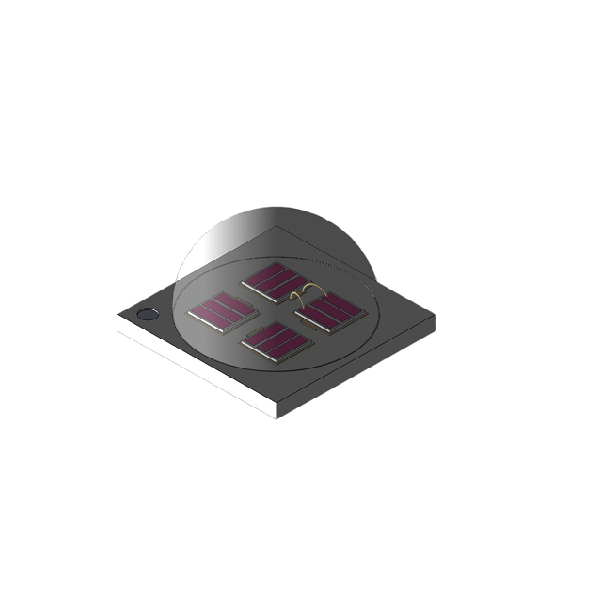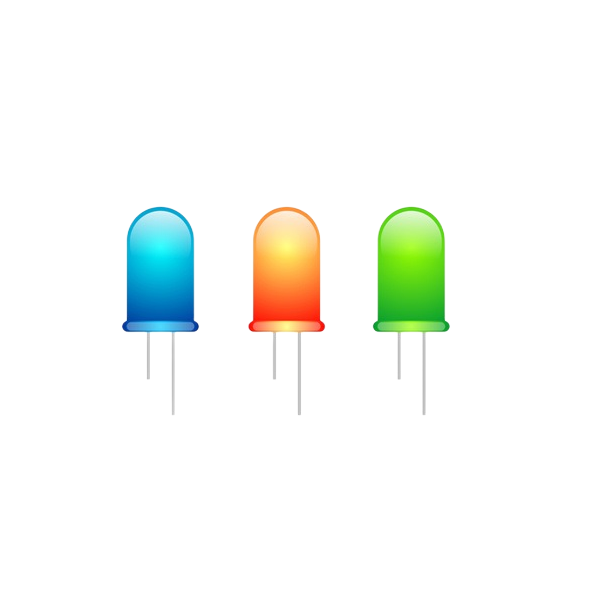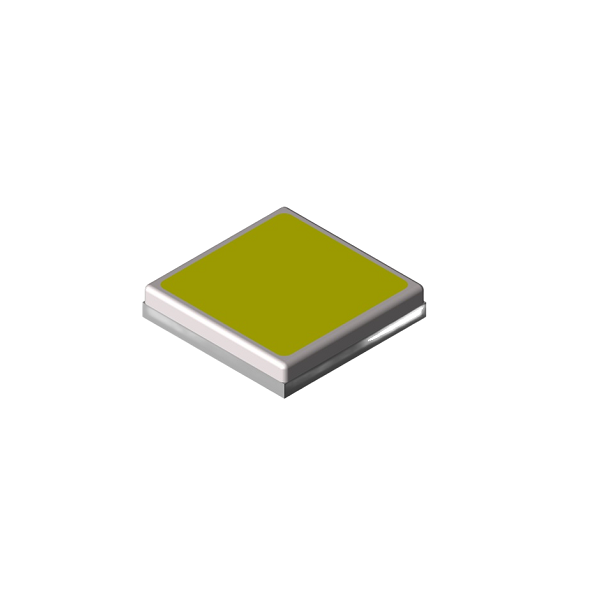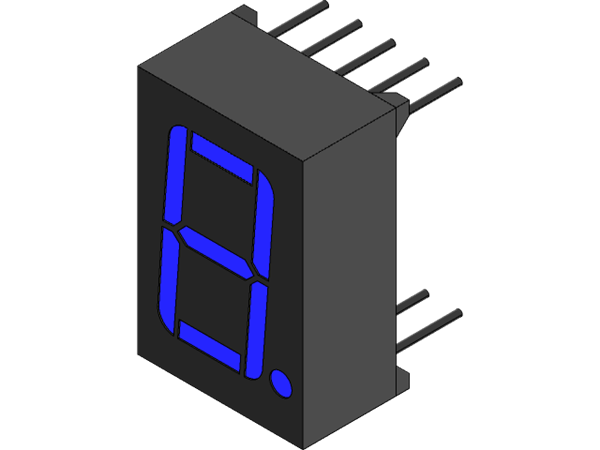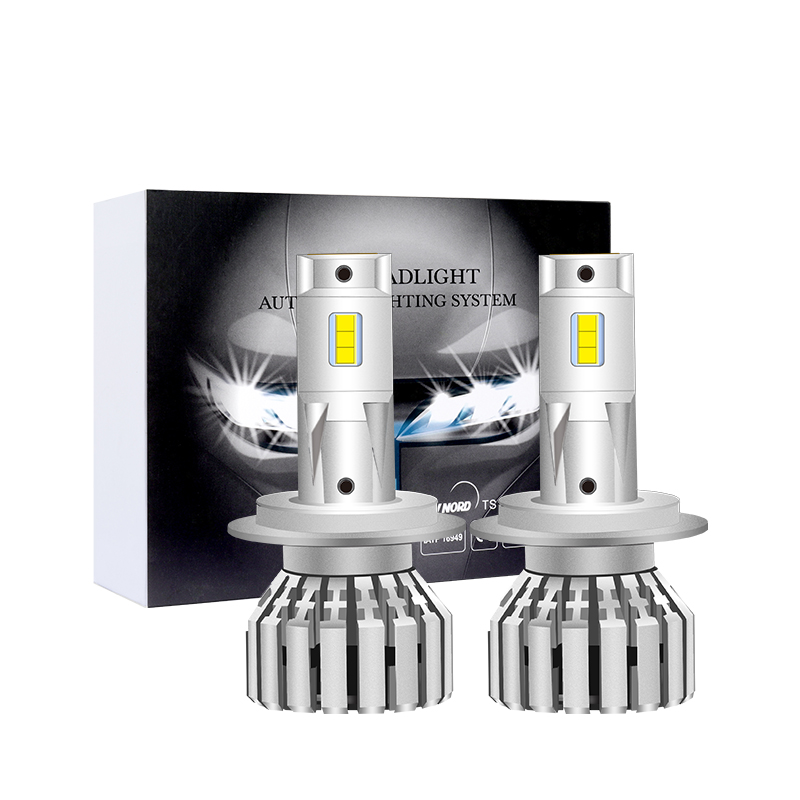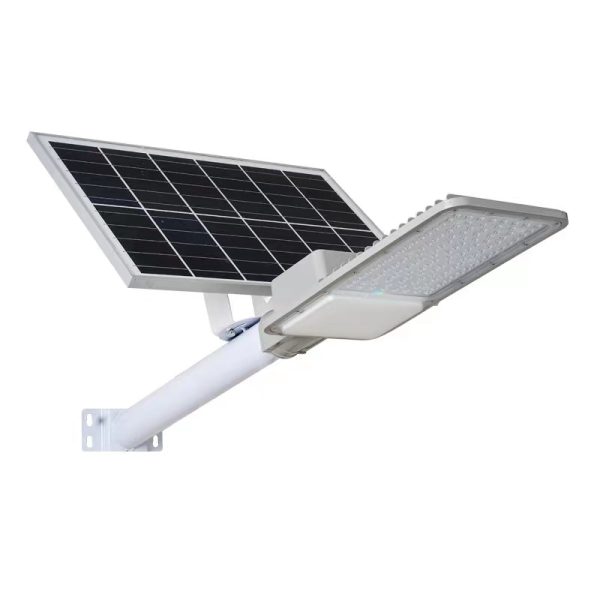Plant growth lamps, as an important agricultural technology tool, aim to simulate natural sunlight and provide the lighting conditions required for plant growth. The wavelength and spectral distribution of light play a crucial role in plant growth. This article will provide a detailed introduction to the wavelength and spectral characteristics of plant growth lamps, as well as their importance for plant growth.
1.Wavelength and plant growth
Plants have different absorption and utilization abilities for light of different wavelengths. In plant growth, there are three main bands of light that have a significant impact on plant growth and development:
Blue light (400-500 nanometers): Blue light has a significant impact on the morphology and growth of plants, promoting vertical growth, increasing the number and thickness of leaves. Blue light also helps regulate photosynthesis and stomatal opening and closing in plants.
Green light (500-600 nanometers): Although green light is absorbed by plants, its impact on plant growth is relatively small. Plants usually grow better under blue and red light, so green light can be moderately reduced in plant growth lamps.
Red light (600-700 nanometers): Red light is crucial for plant growth and photosynthesis. It can promote lateral growth, flowering, and fruit ripening of plants. Plants have higher efficiency in photosynthesis under red light.

2.Spectral and Plant Requirements
Plants require light of different wavelengths to complete different stages of their growth cycle. Therefore, the spectral distribution of plant growth lamps should be designed according to the needs of plants to ensure the best growth effect. Common spectral distributions include:
Blue and red light ratio: Plants require a higher proportion of blue light in the early and middle stages of growth, and a higher proportion of red light in the flowering and fruiting stages.
Full spectrum lighting: Some plants require full spectrum lighting to simulate natural sunlight, ensuring their full growth and development.
Custom spectrum: Based on the specific needs and growth stages of plants, plant growth lamps can provide adjustable spectra to meet the needs of different plants.
3.Importance and Application
The correct wavelength and spectral distribution are crucial for plant growth. Plant growth lamps can be widely used in agriculture, horticulture, and research fields:
Indoor Agriculture: When planting plants indoors, plant growth lights can provide the necessary light for the plants, whether in agricultural greenhouses or vertical agricultural systems.
Cultivating plants: Researchers can use plant growth lamps to explore the effects of different spectra on plant growth and development, thereby improving crop quality and increasing yield.
Life support system on Earth: In space exploration, plant growth lamps can provide astronauts with fresh food while maintaining a balance of oxygen and carbon dioxide.
In summary, the wavelength and spectral configuration of plant growth lamps are crucial for the growth and development of plants. By designing spectral distribution based on the needs of plants, plant growth lamps can provide optimal lighting conditions, promote plant growth, and increase yield, making them an indispensable tool in modern agriculture and horticulture.


